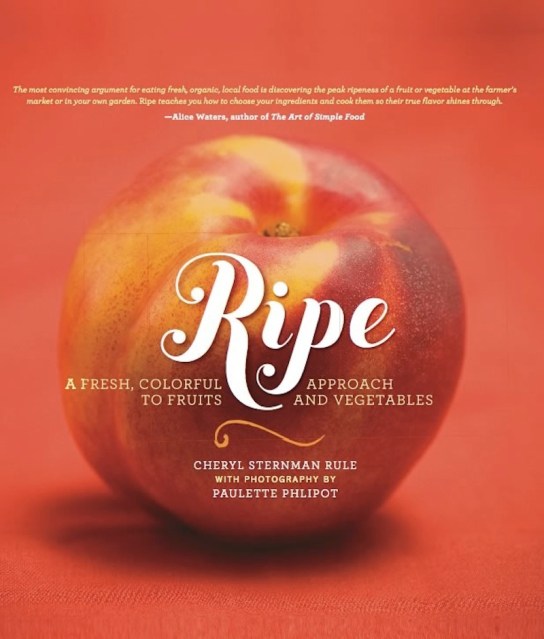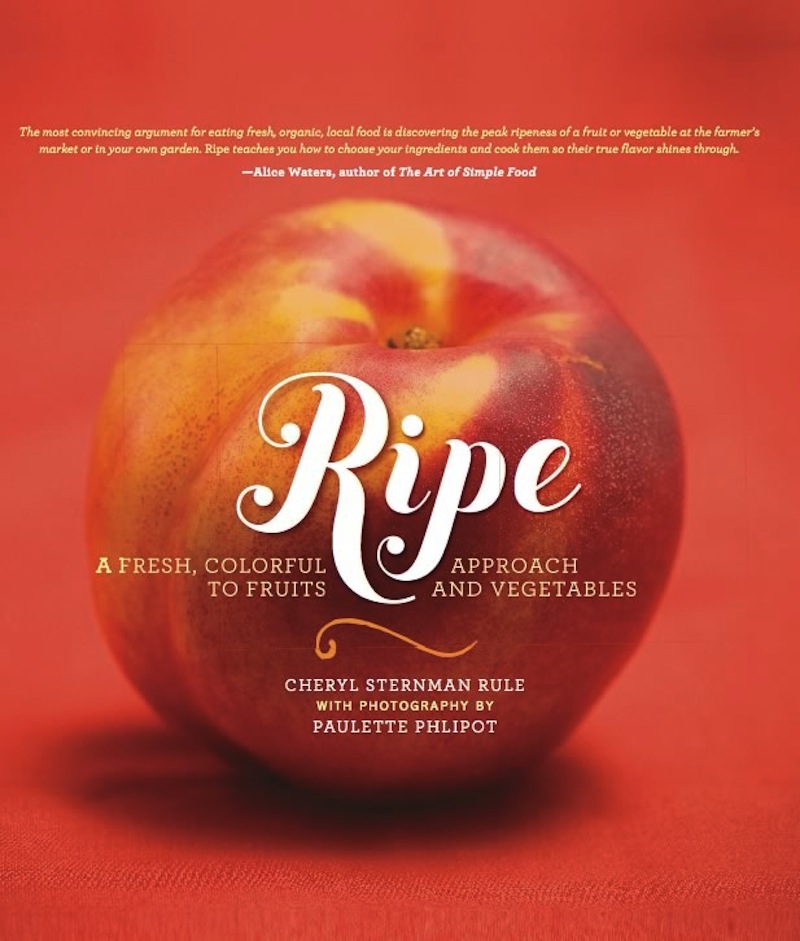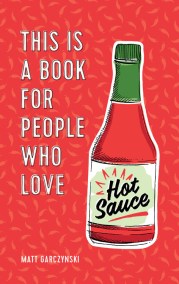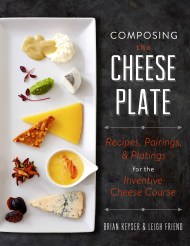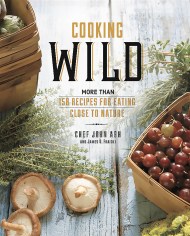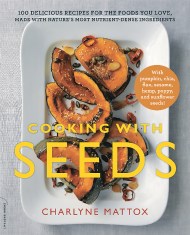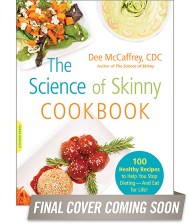Promotion
Use code MOM24 for 20% off site wide + free shipping over $45
Ripe
A Fresh, Colorful Approach to Fruits and Vegetables
Contributors
Photographs by Paulette Phlipot
Formats and Prices
Price
$16.99Price
$21.99 CADFormat
Format:
- ebook $16.99 $21.99 CAD
- Hardcover $25.00 $28.00 CAD
This item is a preorder. Your payment method will be charged immediately, and the product is expected to ship on or around March 27, 2012. This date is subject to change due to shipping delays beyond our control.
Also available from:
- RED: beets, blood oranges, cherries, cranberries, grapefruit, pomegranate, radicchio, radish, raspberries, red apples, red bell peppers, rhubarb, strawberries, tomatoes, and watermelon
- ORANGE: apricot, butternut squash, carrots, clementines, kumquats, mangoes, nectarines, papaya, peaches, persimmon, pumpkin, and yams
- YELLOW: banana, corn, lemon, pineapple, pomelo, squash blossoms, and yellow onions
- GREEN: green apples, artichokes, asparagus, avocado, bok choy, broccoli, Brussels sprouts, celery, cucumber, edamame, fava beans, fennel, green beans, honeydew, kale, kiwi, leeks, lime, peas, spinach, swiss chard, watercress, and zucchini
- PURPLE and Blue: blackberries, blueberries, eggplant, figs, plums, purple cabbage, purple grapes, red leaf lettuce, and red onion
- WHITE: bosc pears, cauliflower, coconut, endive, garlic, jicama, mushrooms, parsnips, potatoes, and turnip
Each fruit and vegetable is accompanied by a lighthearted essay, breathtaking photography, and one showcase recipe, along with three “quick-hit” recipe ideas. With 150 photos and 75 recipes, this unique cookbook will quicken your pulse and leave you very, very hungry.
For more information, visit RipeCookbook.com
Genre:
- On Sale
- Mar 27, 2012
- Page Count
- 312 pages
- Publisher
- Running Press
- ISBN-13
- 9780762444977
Newsletter Signup
By clicking ‘Sign Up,’ I acknowledge that I have read and agree to Hachette Book Group’s Privacy Policy and Terms of Use
